Training a mischievous new puppy from scratch or trying to solve ingrained behavioural issues with an older dog can both feel overwhelming. I hear it from my clients every day!
So today I’m going to take you through some simple, easy ways to help yourself feel more confident when training your puppy or dog. A bit of confidence can make all the difference to your lasting success!
- Fake it ’til you make it
Your dog is acutely aware of how you’re feeling. If you’re anxious, stressed or nervous – they sense that, and it’ll be more difficult to get them into the calm state they need to be in to learn and progress.Your posture, voice tone, body tone & pheromones are speaking to your dog all the time. Their postural communication skills and olfactory acuity are much better than ours so believe me, they know when you’re not calm and they’ll take their lead from you.A dog that is in heightened arousal will be difficult or impossible to train!So when you’re working your dog, take a deep breath and if you are still a bit anxious ‘fake it ’til you make it’ and try to project that calm confidence that your puppy or dog needs from you in order to feel the same!
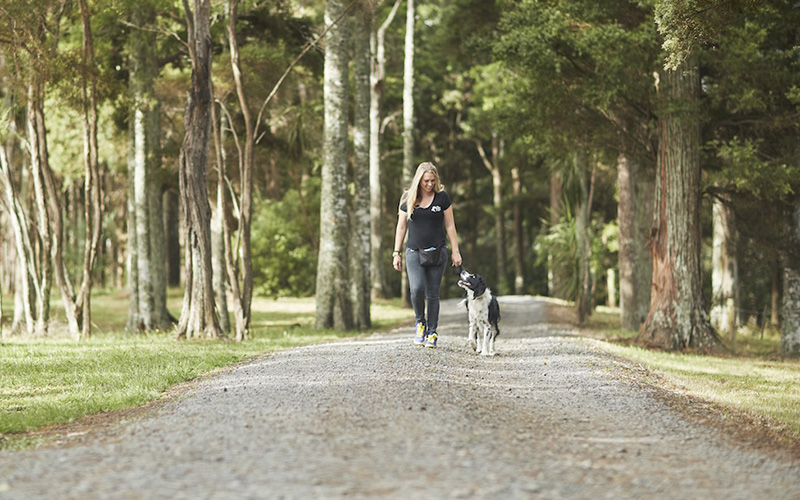
- Set up for success
When you first start training something new, follow these golden rules:
- Don’t feed your dog before training: cut down their dinner by 20% or skip breakfast, you’ll make up for the lost food amount with training treats
- Use high value training treats: small pieces of cooked chicken, cheese or dog roll (unless you have a very high food drive dog who gets overexcited!)
- Start with non-verbal signals: use food lures and hand signals before introducing the word command
- Keep word commands simple and consistent
- Start in a simple environment: teach new things in a quiet, indoors, distraction-free situation before moving outside to more challenging areas
- Teach one thing at a time
- Be patient, don’t rush
- Have a good attitude
- Always finish on a good note: a successful command (even if just a Sit) then a short play session or pat and praise, followed by a rest to consolidate the learning they’ve done
- You are training all the time, so watch how you interact with your dog on a daily basis
- Use a clicker or ‘yes’ marker and food to speed up the training process
- Focus on bonding
When you have a strong bond, your pup or dog naturally looks to you for direction, which makes every aspect of training so much easier. Check out this article on how to improve your bond with your pet! One simple way to build your bond with your dog is by teaching a Bond Gaze.
- Get your pup into a Sit
- Hold a treat in your hand up at your eye level to direct your pup’s eye line toward yours – click and reward gentle eye contact
- If they are not looking into your eyes, wiggle a finger on your lure hand so the movement draws their attention and give a slight whistle or call their name
- CLICK the second you get their eye contact, then follow up with a treat
- Don’t put your hand in your pouch to get the treat during this process as they’ll follow that handwith their eyes
- Repeat, repeat, repeat
- Keep your eyes soft, not staring
- Once you’ve got it going well, you can introduce a Watch Then you can stop using a treat to get their eyes up to yours and instead just hold your hand up at your eye line and say “Watch!” and wiggle a finger if necessary. Soon you won’t need to use the hand at all, and will likely find your pup looks up to you for direction automatically without any command needed!
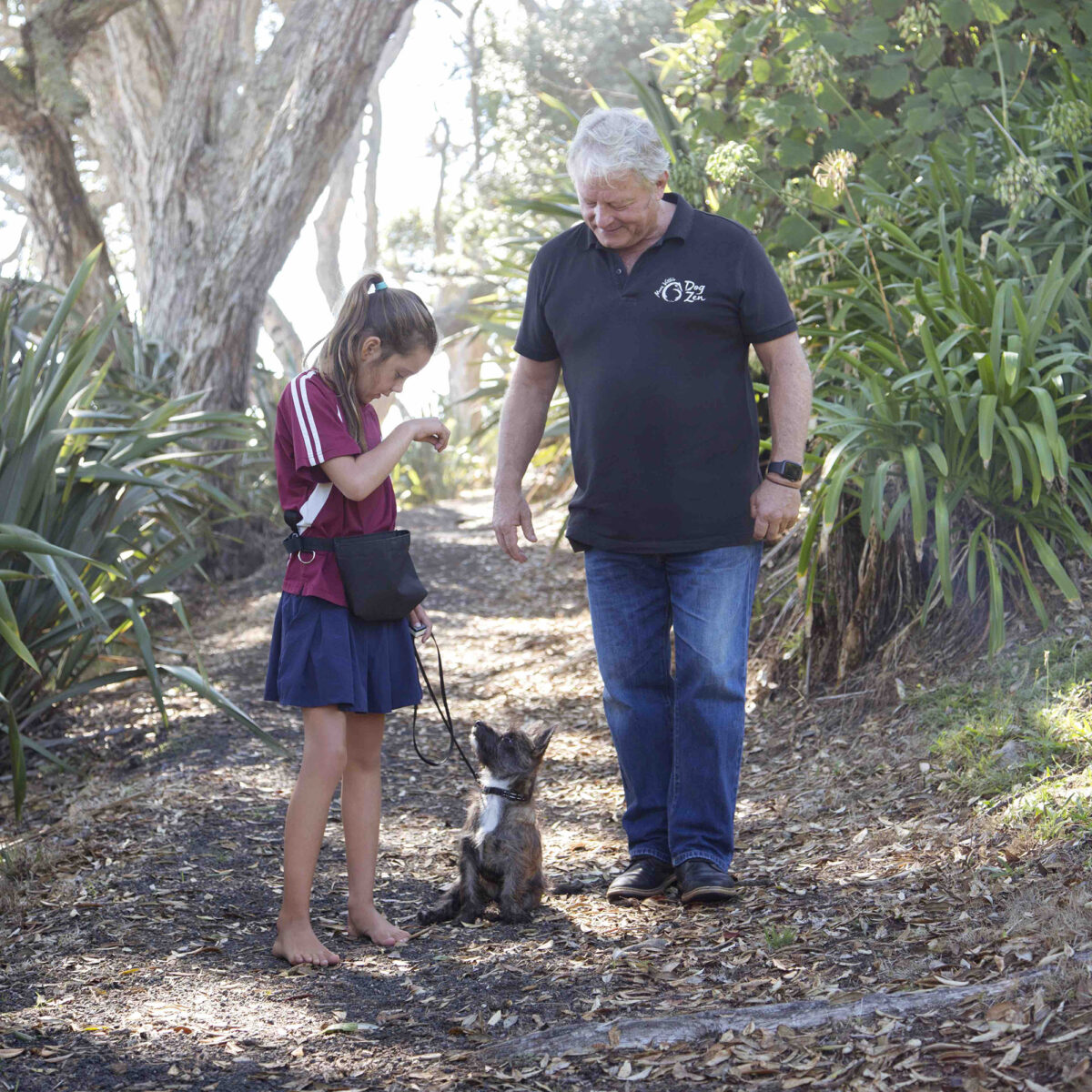
- Use some easy trainer tricks to get ahead
We dog trainers have a few tricks of the trade to help us train the dogs in our care. Here are a few simple tricks you can employ to help you achieve a good result with your dog too!
Social Facilitation
You can use another calm, confident, well-trained dog to help train your dog! Basically, they set an example – mimicry is a big part of learning and we use one dog’s relaxed demeanour and responsiveness as a role model to the other. The role model’s calm attitude will mean they’re giving off the right pheromones to help your dog be in a calm state and ready to learn tooTry this for:
- Teaching recall: let both dogs go, then call both back. The well trained dog will come running, and your dog will likely follow suit. You can then reward this positive choice!
- Treating phobias: the presence of a calm dog will help your anxious dog to overcome their fears. Whether they’re fearful of car travel or the vacuum cleaner, having another dog there that’s relaxed and unfazed will help your dog follow suit.
- Separation distress: leaving your dog with another dog that they get along well with can be a good intermediary option to help your dog settle down without you.
- Trying new things e.g. teaching young dogs to like the water is best done having fun and playing in the water with another older dog.
- Puppy training: having a well-behaved older dog present (that your pup gets along with well) can help with a lot of puppy training, particularly taking your pup out to experience new things and meet new people and dogs.
Contrast
Make sure you’re using contrast to help your dog understand what you want. For example, use contrasting tones of voice when teaching recall. For the “Come!” command, your voice should be happy, high pitched and enticing – make yourself appealing to come back to! For the “NO!” command when your dog isn’t listening, your tone of voice should be firmer.
Games
Use games to help your dog progress. For example if working on recall, play hide and seek while out walking. While your dog is distracted, hide behind a bush, tree or around a corner. Call gently for your dog to come and find you. Don’t make it too hard initially, click and reward with lots of praise when your dog finds you! As they get the idea, make it more difficult. This will help teach your dog to regularly look out for you, try to find you and come back to you!
- Use the right treats at the right time
Food is a powerful natural motivator to your dog, and will really help with training. Using the right training treats can have a huge impact on how successful you are and it’s not always best to use the same treats in every situation, either.
High value treats
This is something that your dog absolutely LOVES. We generally use small cubes of cooked chicken, but dog roll or cheese works well too. Generally wet foods like this will carry more “value” to your dog and be more motivating that dried commercial treats. Trial a selection and see what your dog responds to most eagerly!
Low value treats
These are something more plain, for example dry dog kibble, dehydrated treats or even carrot or apple.Use high value treats when teaching new behaviours for the first time, working with a highly sensitive or reactive dog, or practising commands out in new, more distracting environments. Use low value treats for commands that are already well established and when practising in low distraction environments.For example, if your dog always comes when called at home but doesn’t listen so well when out and about – use low value treats to practise at home, then save the really good stuff for when you’re out and about to give your dog more motivation to come back to you!
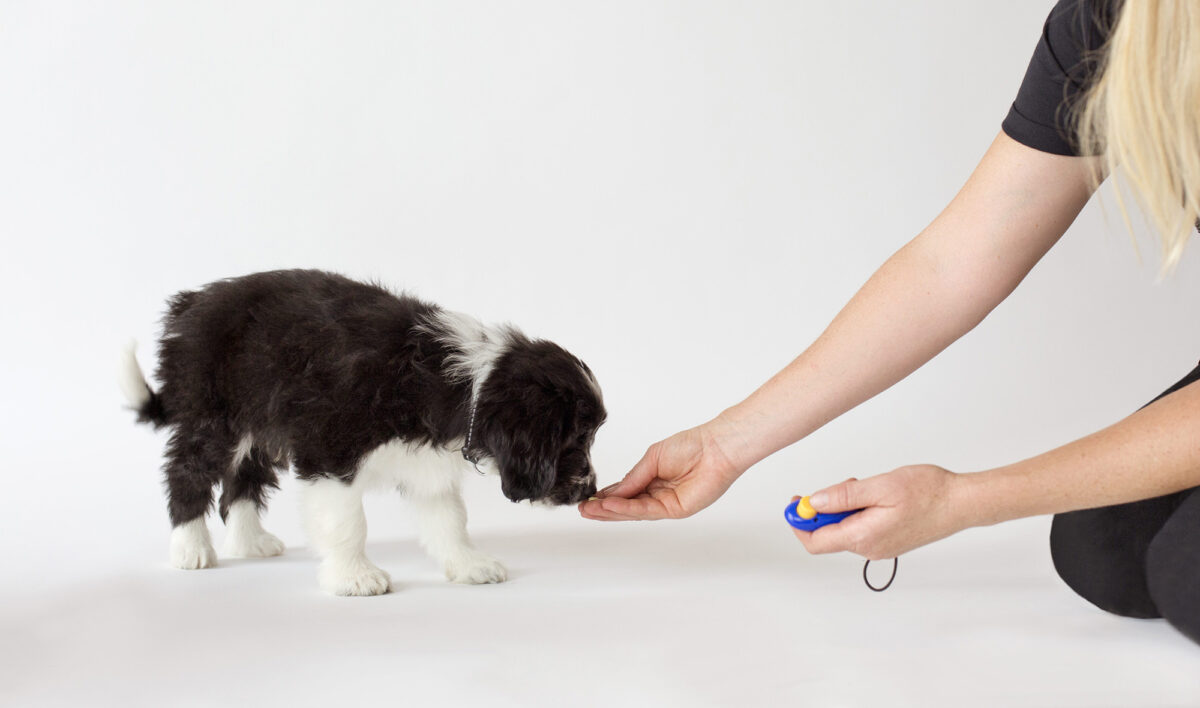
Good luck with your training!
I hope these tips help you make some progress with your training. It’s so rewarding when we feel our confidence build and see our dog responding positively to us. Enjoy!






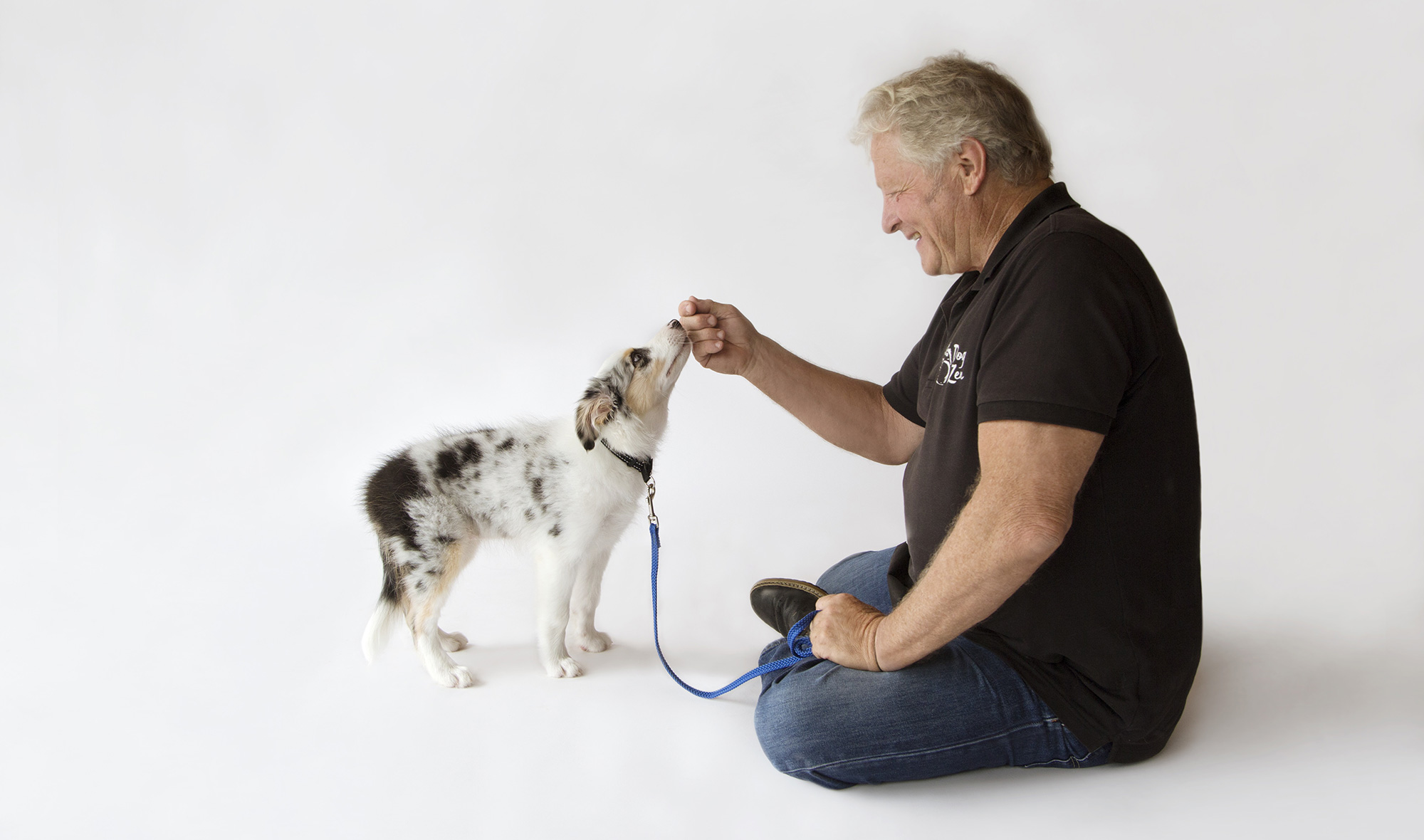
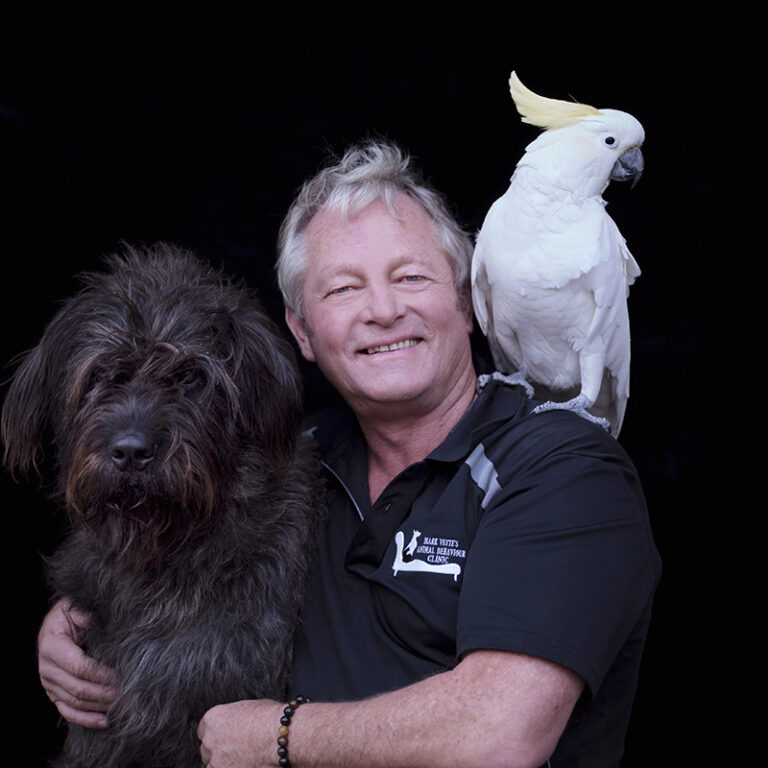
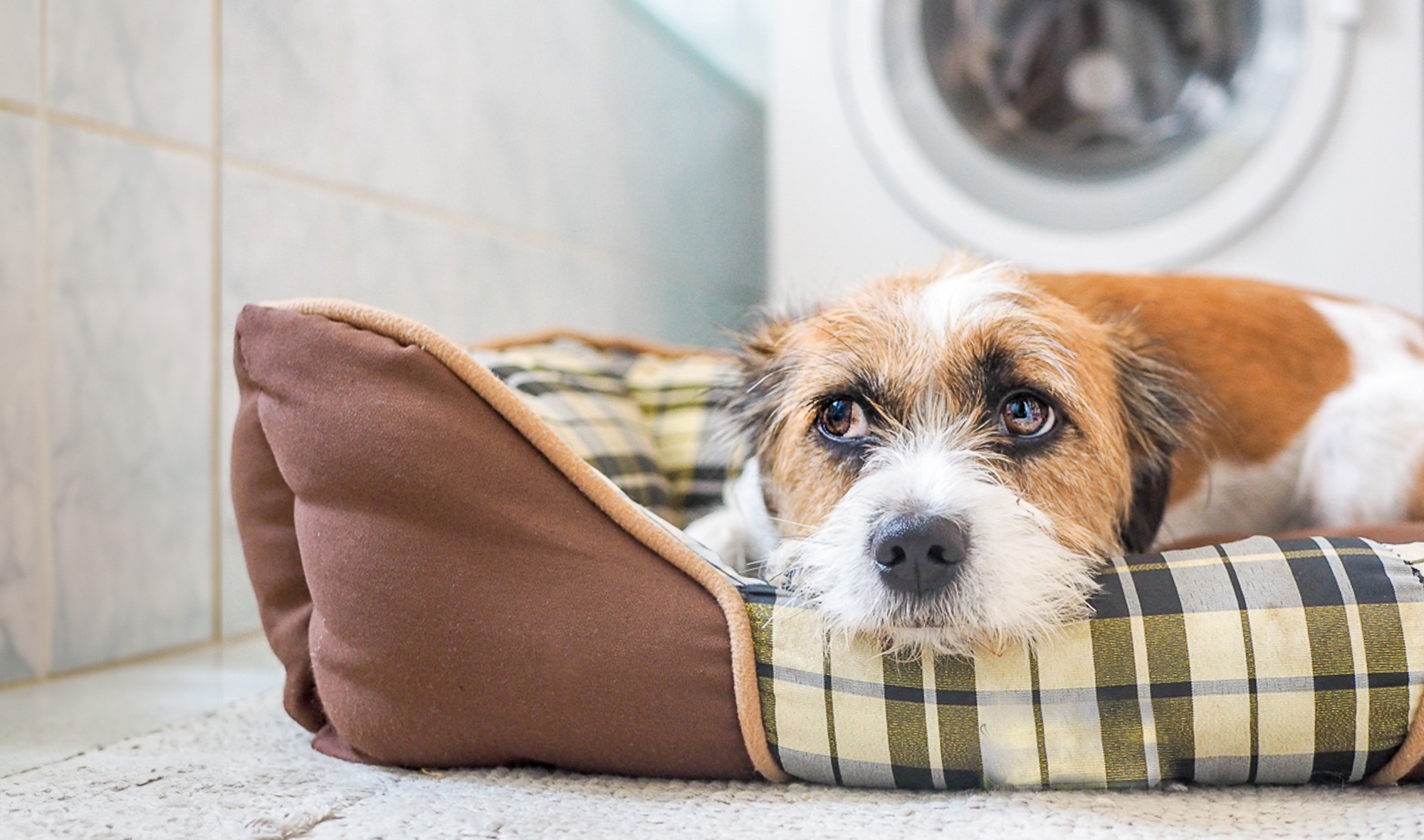
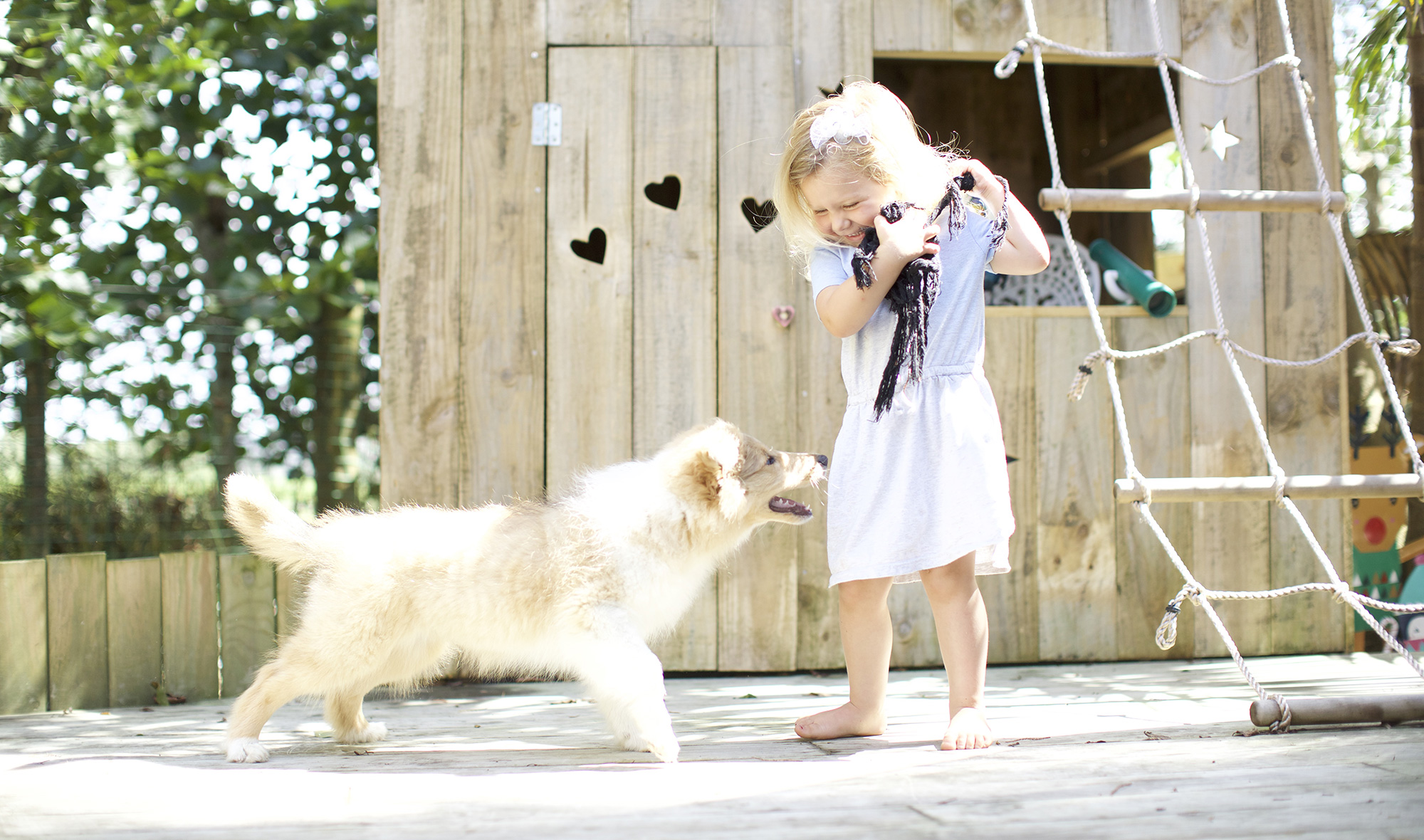
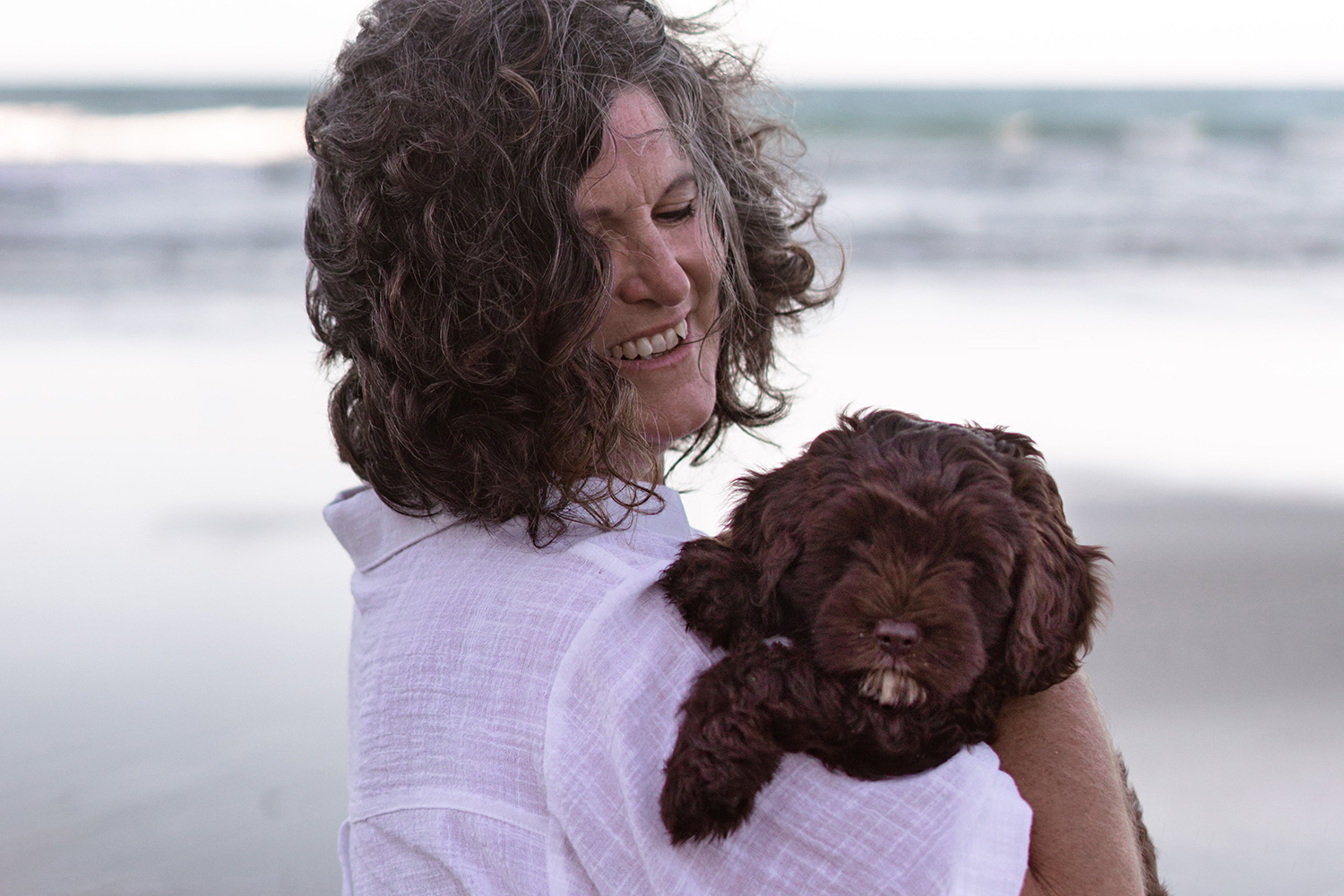
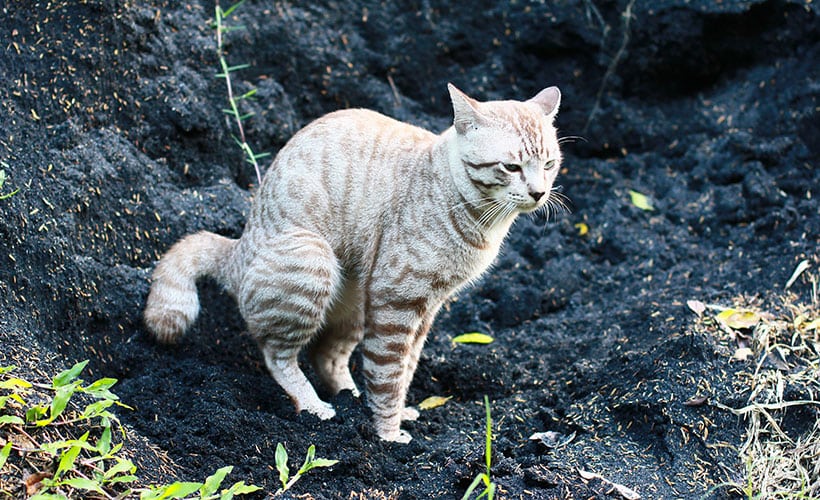


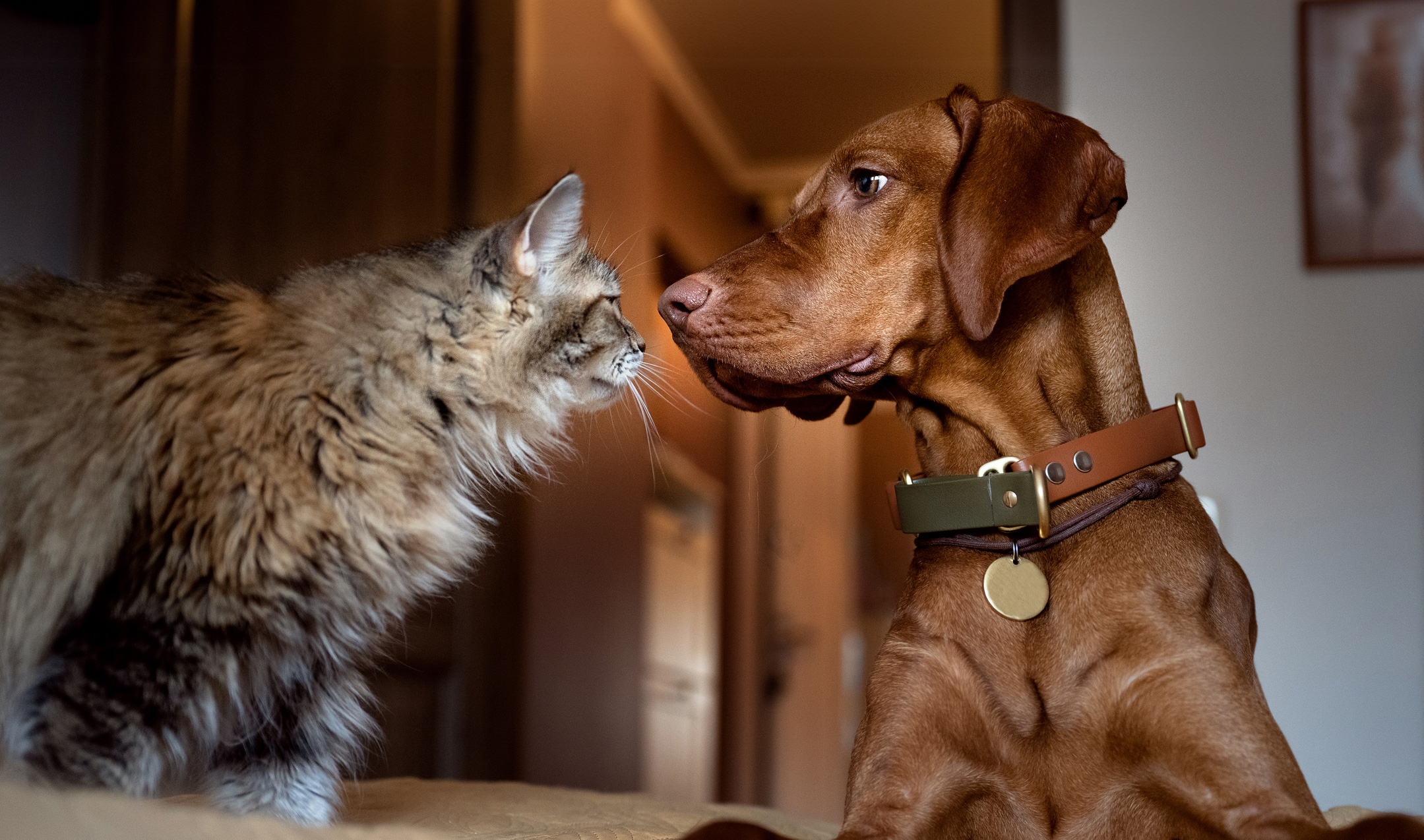
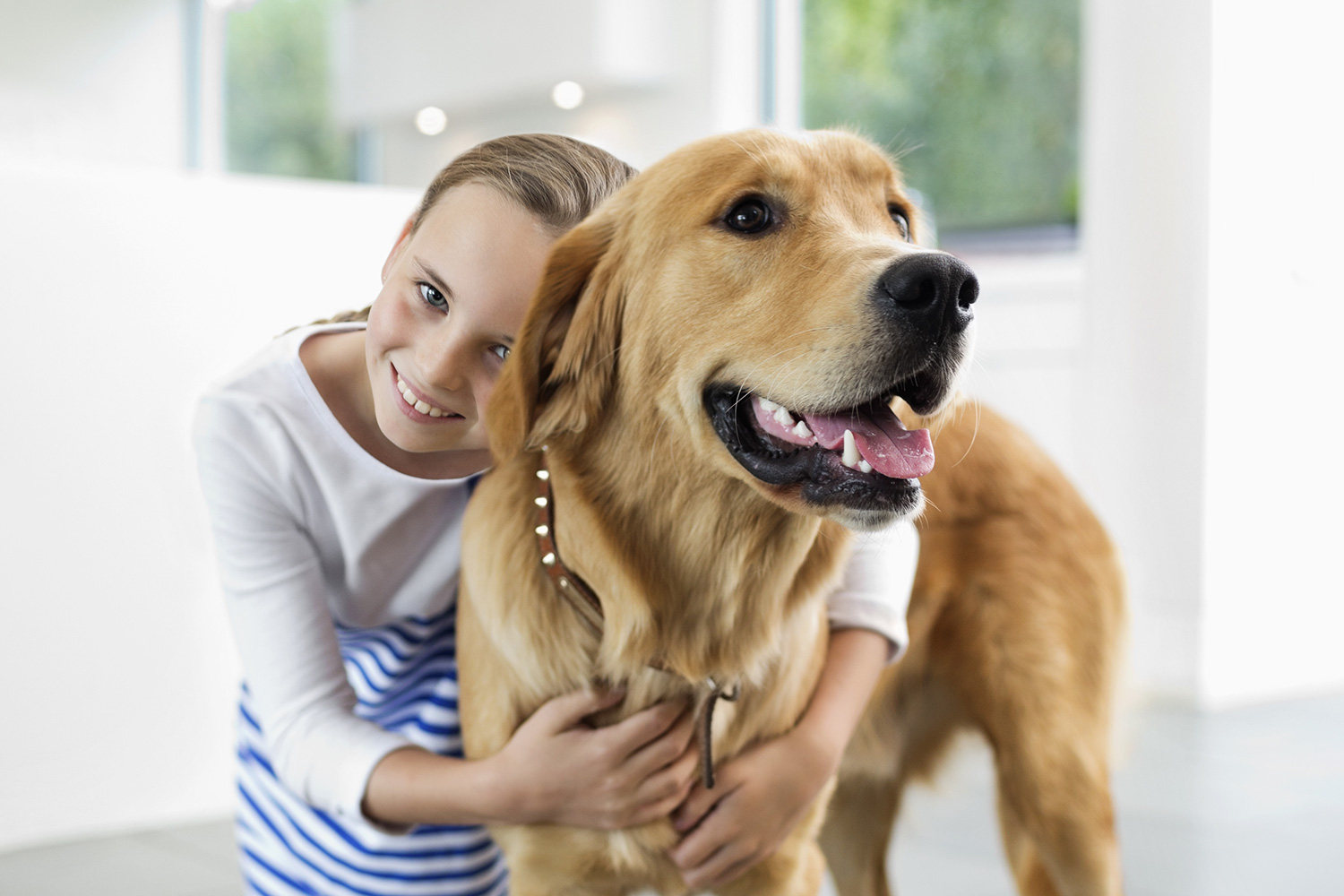
Community